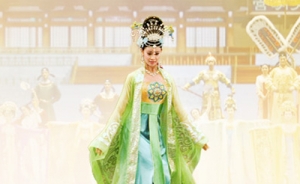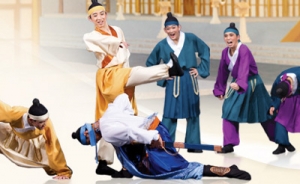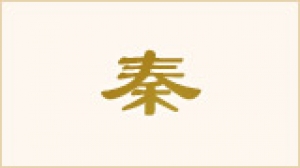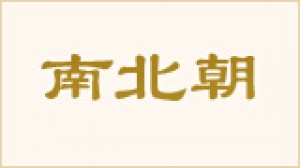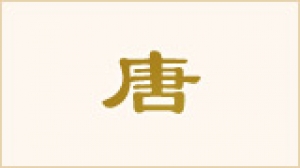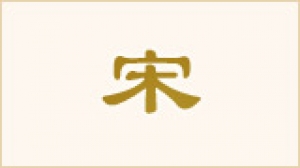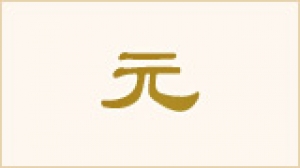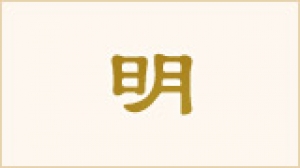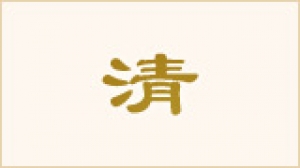The Han Dynasty
The Han Dynasty (206 B.C.E.–220 C.E.) is often considered China’s first golden age. The period fostered the development of Confucian philosophy, as well as Buddhist and Taoist spiritual practices. Many Han emperors governed by following the ancient spiritual ideals of the Yellow Emperor and Lao-Tzu (Laozi) to maintain peace and prosperity. Capable scholars and generals of the imperial court energized the empire with new ideas, opportunities for education, and territorial expansion.
The Han Legacy
The Han Dynasty began in 206 B.C.E. when a peasant-born military leader named Liu Bang and his generals overthrew the incumbent Qin Dynasty. Liu Bang established his new capital in Chang’an, which became one of the largest cities in the world and served as China’s capital for several dynasties to come.
The royal court promoted Confucianism—and its ideals of respect, filial piety, humanity, and justice—as the basis for evaluating proper conduct. Confucian scholars established the Imperial University, an institute dedicated to bringing together China’s brightest minds and training a new generation of intelligent and virtuous officials.
During this period, China’s territory nearly doubled. The Han Dynasty defeated hostile tribes in the north and signed treaties with clans to the west. This made traveling safer, which spurred the future emergence of the Silk Road that connected China with the distant Roman Empire, fostering economic and cultural exchange.
The legacy of the Han Dynasty continues to be felt today. The majority ethnic group in China is called “Han Chinese.” Traditional dress is called “Han clothing.” The writing system is called “Han characters.” And the Chinese language calls itself the “Han language” (漢語 or hàn yǔ). Even a hero is called hǎo hàn (好漢), which means “a good Han.”
Outstanding Hans
The Han Dynasty fostered some of China’s most legendary generals. Among them are the brilliant and tolerant Han Xin (the Chinese character for “Han” in his name is different from the Han Dynasty “Han,” but is nonetheless a good way to remember which dynasty he was from), as well as the “Flying General” Li Guang who could shoot an arrow deep into stone.
Other prominent figures from this era include China’s most famous historiographer and author of Records of the Grand Historian Sima Qian, essayist and poet Sima Xiangru, diplomats Zhang Qian and Su Wu, economist Sang Hongyang, and, not to be forgotten, the remarkable court jester Dongfang Shuo.
The Later Han Era
In the year 9 C.E., the Han Dynasty was suddenly interrupted when the empress’s nephew (Wang Mang) usurped the throne. His reign lasted 14 years until one of the founding emperor’s descendants (Liu Xiu) removed him from power and restored the dynasty. The revived empire became known as the Eastern Han (25–220 C.E.) to differentiate it from the previous Western Han.
Like all dynasties, the Han had its rise, peak, and decline. Ultimately, court intrigue and major uprisings led to its downfall. In 189 C.E., the warlord Dong Zhuo led troops into the capital and roused a period of fighting. Later, Cao Cao unified the regions north of the Yangtze River, Sun Quan established his own regime in the south, and Liu Bei occupied the regions in the west. China thus entered a new period—a tripartite balance of forces well chronicled in the epic Romance of the Three Kingdoms.
July 15, 2011


